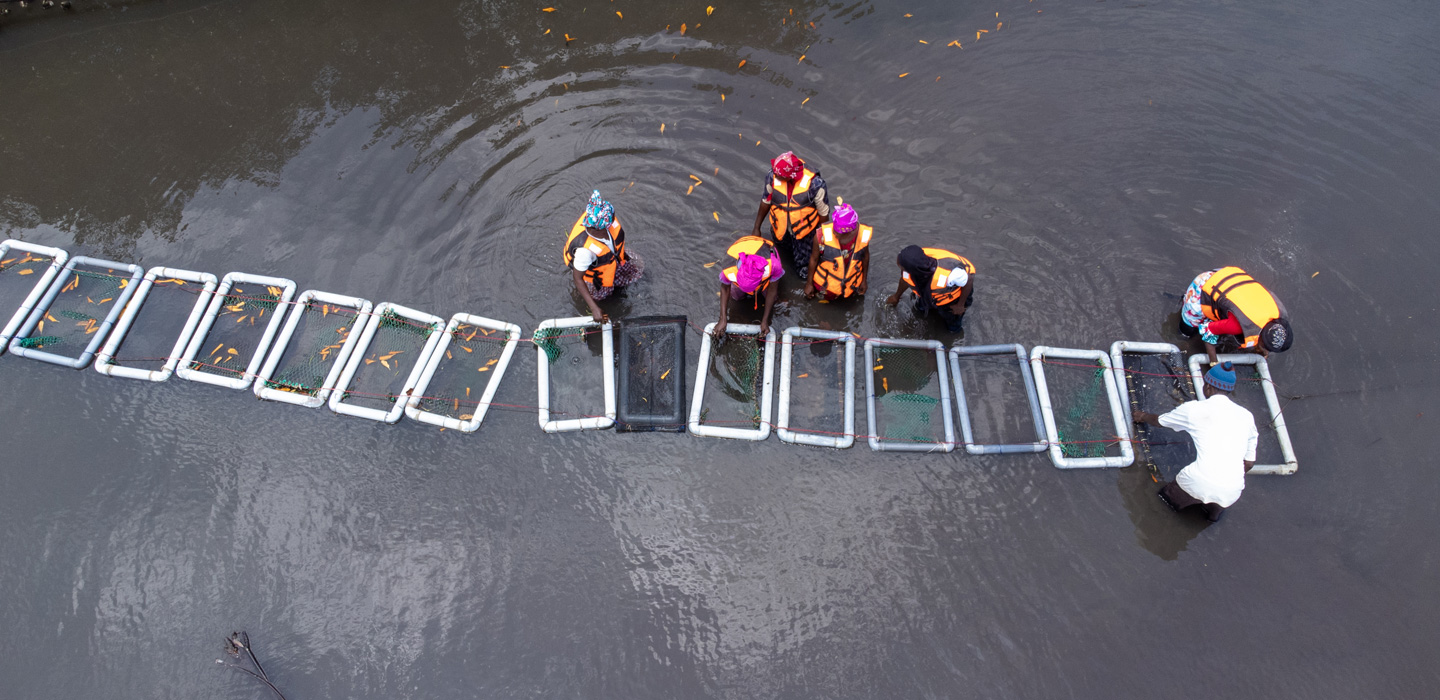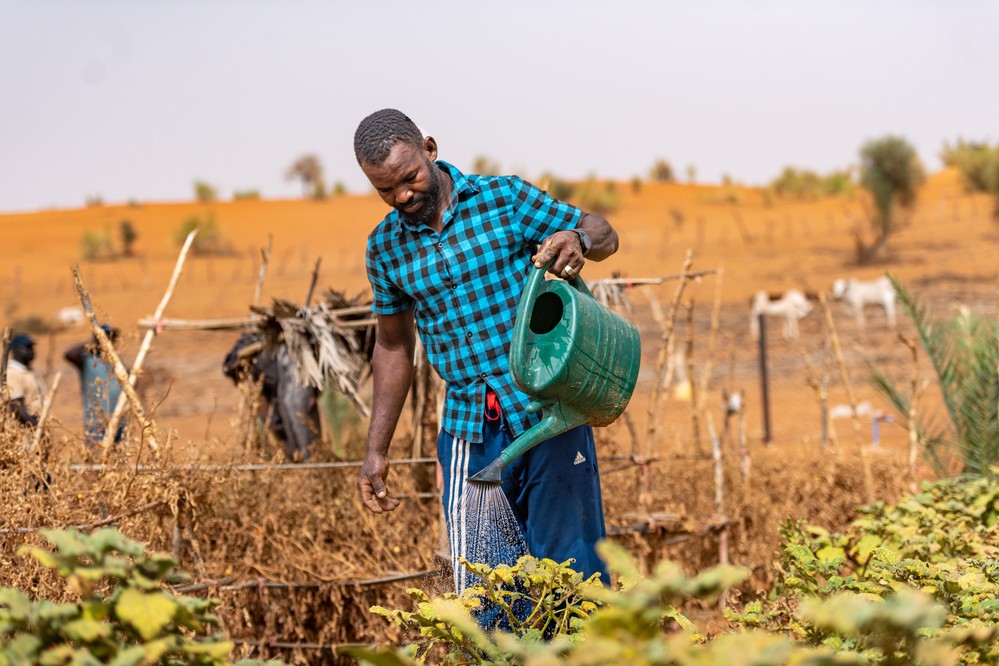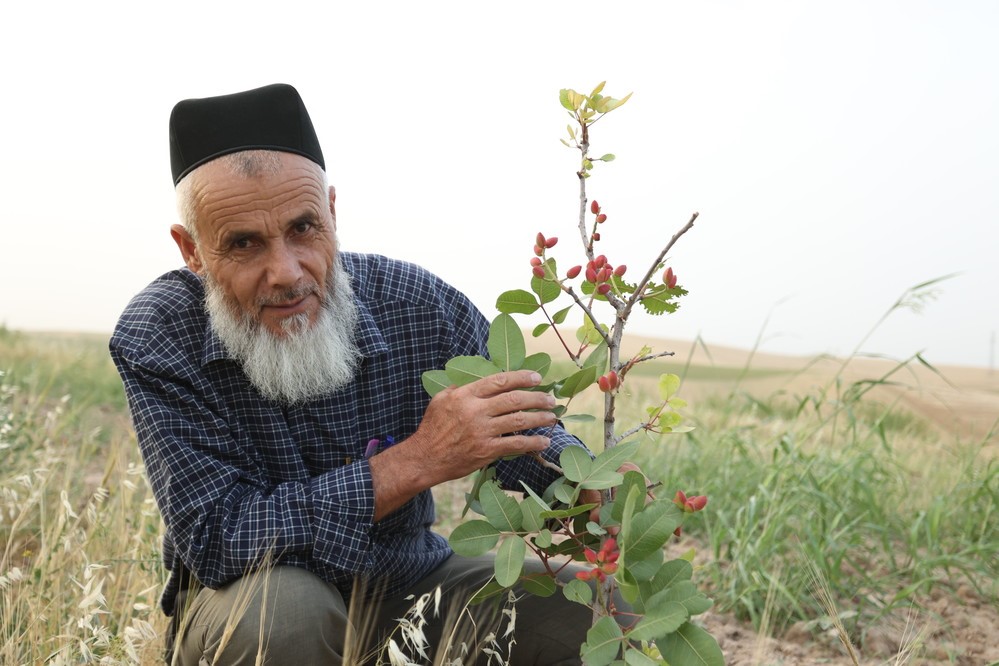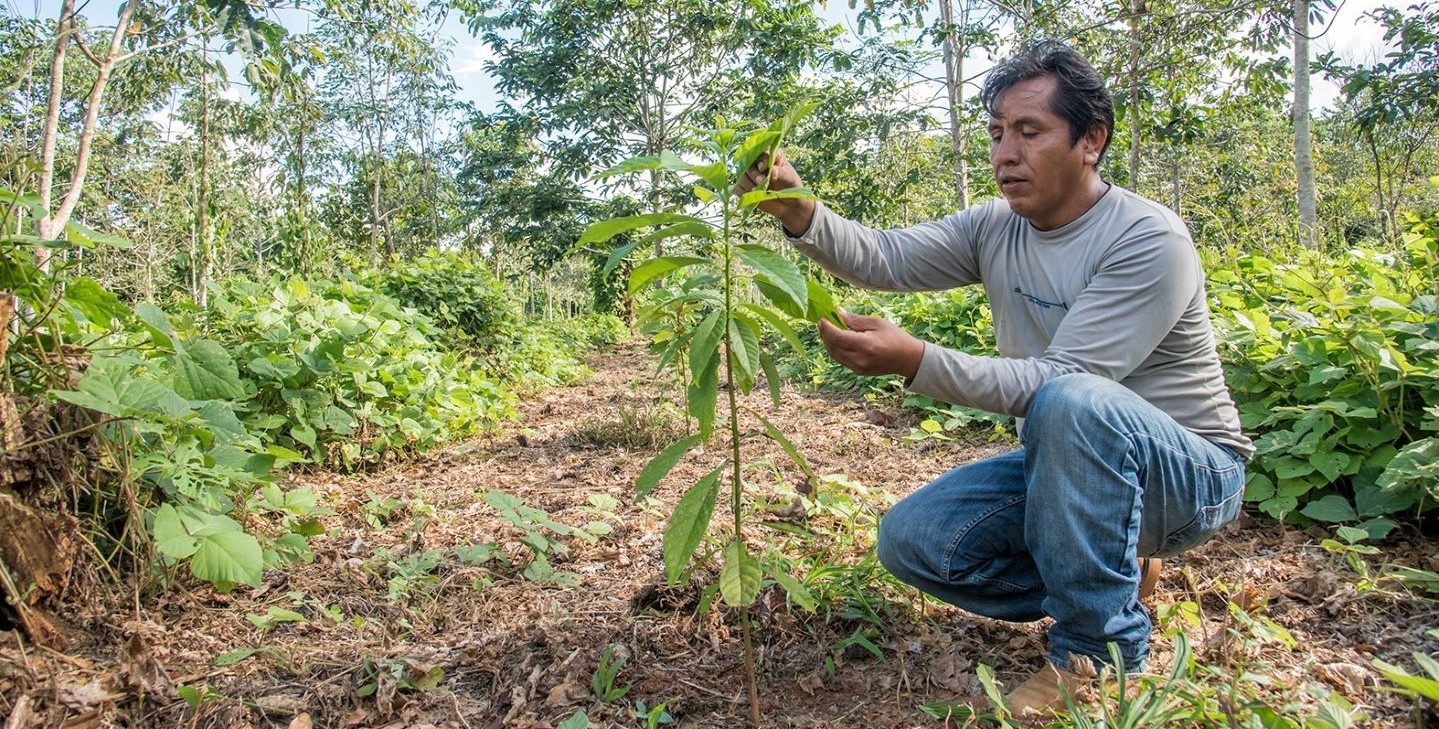Meet the farmers fighting for our ecosystems
IFAD Asset Request Portlet
Asset Publisher
Meet the farmers fighting for our ecosystems
Estimated reading time: 4 minutes
From deforestation to the destruction of coral reefs, ecosystems across the globe are being decimated. As is often the case, the world’s most vulnerable populations are the ones paying the highest price, with rural people experiencing the effects on their livelihoods, their food security and their ways of life.
Let’s celebrate some of the people who are at the frontlines of the efforts to restore and conserve the world’s ecosystems and prevent biodiversity loss. Those who, despite the challenges, aren’t giving up on our habitats.
Holding back the desert

In south-western Mauritania, Sidi Ould Ahmed Jeddou’s farm is on the frontlines of desertification. Like millions of farmers across Africa’s Sahel region, he’s seen the sands take over arable land.
Now, through IFAD’s Rural Poor Stimulus Facility and PROGRES, he has access to irrigation and seeds suitable to the region’s semi-arid conditions. Even in the hottest months, his water tank is full and his watermelons, carrots and onions are thriving.
“In the past we produced only 200 kilograms of vegetables per year,” says Sidi Ould Ahmed. “But this past winter alone, we produced enough to feed our family, donate vegetables to our poor neighbours and sell two or three tons of produce in the market.”
Sidi Ould Ahmed’s farm is part of the mosaic of farms and wilderness that makes up the Great Green Wall – an ambitious programme to restore degraded land, sequester carbon and build livelihoods, in an effort to hold back the tide of the Sahara Desert.
Pistachio plantations stem erosion

It all began with a single hectare on a hillside near Istiqlol village in Tajikistan, part of a wider stretch of land so badly eroded by overgrazing that it had lain abandoned since 1998.
Then, in 2018, experts from the IFAD-supported Livestock and Pasture Development Project II (LPDP) set up a demonstration plot. Using Groasis Waterboxxes – reusable systems that collect moisture to help saplings establish roots in dry areas – they planted trees.
Because of their strong root system, pistachio trees hold onto soil so it does not get swept away by rain, helping to conserve arid ecosystems and avoiding degradation. And with deep roots that reach far into the soil to collect water, they are also drought-tolerant and don’t rely on irrigation.
“After just one rainy season, we could see the results,” says Togirkhon Aymatov, a local horticulturist. “There was no erosion on the hectare with pistachio trees, whereas the adjacent area was further eroded by heavy spring rains. That was enough to convince us.”
The people of Istiqlol village continued planting pistachio seedlings. Today, the plantation has grown to 60 hectares, dotted with thriving young pistachio trees, many of which are already bearing fruits.
An invasive plant becomes a weapon against soil degradation

The landscape of the cattle-farming region of Pando in the Bolivian Amazon is pockmarked by what locals call barbechos – patches of land turned into desert by overgrazing.
But one small-scale farmer, Néstor Ruiz, has found an unlikely weapon: kudzu, a vine that captures nitrogen and provides both fodder and green manure.
Despite its qualities, Kudzu is also an invasive species and Néstor has to remain vigilant so it doesn’t take over the land. “I rehabilitate just a portion of the plot with kudzu and, when the soil is ready, I pass the tiller to take it all out,” he explains. Through the IFAD-funded ACCESOS, he’s bought seedlings of high-value plants like rubber and Brazil nut which he cultivates on the restored soil.
Today, Néstor is bringing life back to the barbechos for future generations. “It’s a gamble, it requires a lot of faith and a lot of work, but it's worth it,” he says, pointing to the rich, dark soil under a kudzu plant.
In Senegal, restoring mangroves restores life
Ten years ago, the communities of the Saloum Delta in Senegal were faced with an enormous challenge. Persistent droughts had devastated the lush mangroves along the coastline and the marine products they depended on had declined precipitously. Without the protective barriers of the mangrove forests, their villages were also exposed to the ravages of the sea.
But restoration, supported in part by the IFAD-funded PARFA, is bringing the mangroves back to life and revitalizing local livelihoods. Oyster producers like Marianne Ngong are now farming oysters and processing them to sell at a higher price.
Another rural woman, Bana Diouf, is now a beekeeper and sells mangrove honey to locals and tourists. “We use some of our savings to reforest the mangrove and protect it, because we know we have to take great, great care of it,” she says.
Like Bana, countless other rural people are taking the lead to restore and conserve our ecosystems. At IFAD, we work to support them and promote agricultural growth that is environmentally sustainable and integrated into ecosystems.
Publication date: 20 April 2023